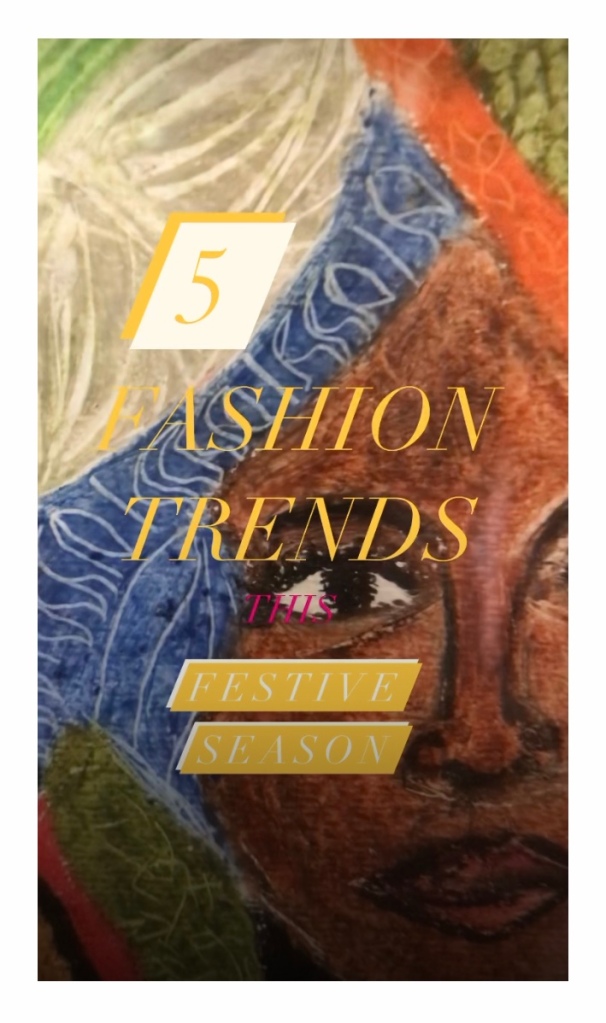
Being a creative writer it is but natural for me to observe people and places around me. And out of the many observations that I have made, there is a rather interesting one about sneers – a series of pronunciation sneers I would say, that have taken birth out of the British American pronunciation dichotomy since on one hand we deal with a colonial hangover, while on the other a Hollywood hangover. These hangovers reflect the great Indian tragicomedy aptly because neither the French would have replied nor the Irish would have served their coffee on being talked in English, but the Indian would have gladly jumped in a competition of spoken English (as much hilarious it might become at times!).However, over the years this did not stop the sneers to become the tell-tale of people’s character, being and the many shades in between.
So if you compliment a girl for the lovely flower on her dress with the British pronunciation of ‘flaa-vur’ and not the American ‘flaaa-r’ accent…oh boy! No matter even if you read at Eton in England she would still give you ‘educated from village school’ sneer. Well, that is your cue. She is certainly not the soul companion you’re looking for – get going.
Then there is the ‘confused kitty party’ sneer. It often happens over kitty parties when a lady from one corner of the table shares her tested and tried tomato soup recipe with the tomato being a British ‘tmaa-to’. While the American harbinger on the other end throws in few of her ‘tme-tos’ in the recipe and both the women end up thinking am I wrong or is she right? In such scenarios, it is best to let them stay confused.
Well then there is the ‘old school’ sneer. When over whiskey two men of different generations share the tales of the same boarding school they went to with one telling that the housemaster did not open the ‘on-ve-lopes’ (he grew up watching Hollywood) during their times. While the older one replies that his was a different era with no letter being passed without the housemaster opening the ‘en-veh-lope’ (making sure he emphasizes the ‘en’ of his envelope; he grew up watching BBC).
Of course, the most common is the ‘desperately wanting to speak in English’ sneer. So if you go to your doctor complaining phlegm (the ‘g’ is not very silent in American pronunciation; try speaking with ‘g’) in your chest he would definitely have a silent laugh in his head because he would think you are trying to throw in English words but know nothing. Not his fault! Most people in India pronounce it with a silent ‘g’. Thanks, to our education system that follows British norms of language.
And then finally, last but not the least, there is the ‘run away’ sneer. This sneer generally works the other way round with the speaker being sneered at because he or she is neither speaking British nor American. So when a haughty flashy person comes and flaunts his neon jacket telling you it’s a Givenchy (‘gee-van-chy’) instead of the French ‘zhu-vaun-shee’, you know it’s time to slip away!







